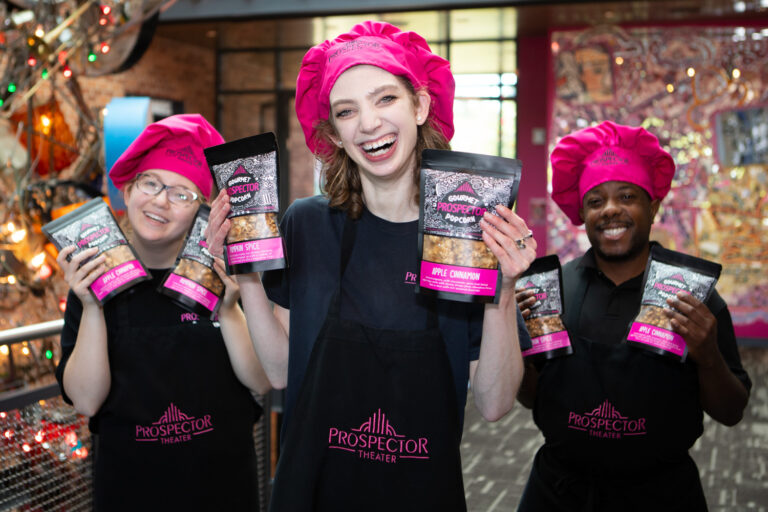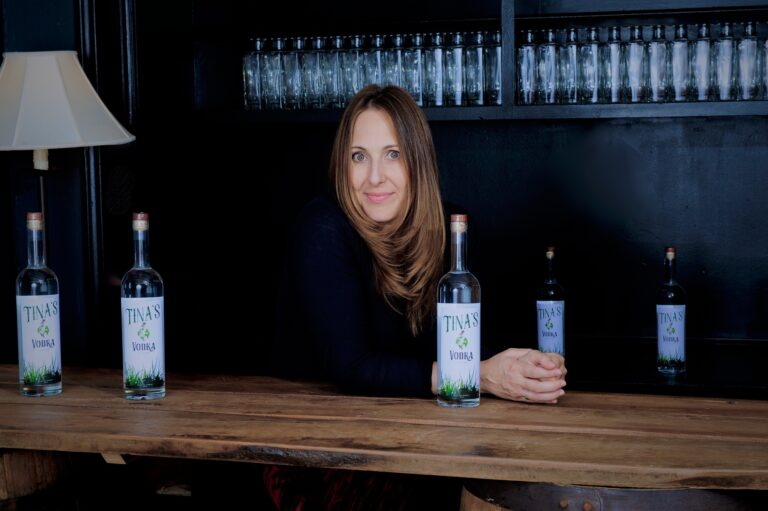“That Which We All ‘Scream’ For!” Our Beloved Dessert of Ice Cream!
I’ll be honest- I’m not the biggest summertime person (at least not anymore). Merely sweating from walking somewhere is uncomfortable, ticks and bugs are a nuisance, and, quite frankly, I feel better appareled in light sweaters and slacks than I do in shorts and tees. But summer does have its upsides. There is far more sunshine, everything is green, it’s a great season to swim outdoors, and let’s not forget the one thing we all allegedly “scream for”—ice cream!! The perfect hot-day dessert!
Oh, ice cream! How did humanity ever survive without you? There are many important goals in life- having a successful career, maintaining an intimate long-term partnership, traveling far and wide, raising children, etc., etc. But somewhere amid all that is the simple goal of enjoying a nice sugary, milky, creamy concoction.
There are several myths about ice cream’s origins. Some people believe that the ancient Romans discovered/invented it during the reign of Nero (54-68 B.C.E.)1. The emperor allegedly sent enslaved workers/servants to fetch ice from the nearby mountains and hold the ice in deep, straw-covered pits (they’d later add flavors to the ice for him to eat)1. Others attribute its origins to Marco Polo and Catherine de Medici (who introduced it to France when she relocated there to marry King Henry II)1. There are other apocryphal accounts- King Solomon allegedly enjoyed cooling ice drinks during the harvest season, and it is said that Alexander the Great loved to indulge in icy drinks that he flavored with honey or wine1.
During the Tang Dynasty (618 – 907 C.E.), Chinese emperors apparently ate a frozen milk-like confection that workers made by heating cow, goat, or buffalo milk with flour1. They’d also add camphor- an aromatic substance harvested from evergreen trees- to the mix to enhance its flavor/texture1. Medieval Arabs once drank an icy refreshment known as sherbet (sharabt in Arabic)1. They’d flavor these chilled drinks with cherry, pomegranate, or quince, and, over time, the drinks became popular with the European aristocracy (especially those from Italy and France)1.
In the 17th century, ice drinks turned into frozen desserts. Antonio Latini (1642-1692 C.E.), a worker for the Spanish Viceroy in Naples, developed the first recipe for sorbetto. He added sugar to the mix, and he created a milk-based sorbet, which most culinary historians consider the first official ice cream!
In 1686, Francesco Procopio dei Coltelli opened Paris’s first café (Il Procope)1. The Sicilian establishment drew in the likes of many famous intellectuals, including Napoleon, Victor Hugo, and Benjamin Franklin1. “Gelato,” the Italian version of sorbet, quickly became popular amongst the French public1. Café workers would serve the dessert to customers in small porcelain bowls that resembled egg cups1.
The French also began to experiment with a frozen dessert called fromage1. People produced fromage by flavoring ice with various types of fruit1. French confectioner, Nicolas Audiger described several recipes for fromage in his book, La maison reglee1. One recipe includes cream, sugar, and orange flower mater1. Audiger also suggested stirring ice during the freezing process to introduce a fluffier texture and more air1. Fromage became a very popular treat throughout France1.
How did ice cream reach the U.S.? Culinary historians don’t know exactly how it did, but it likely arrived in the colonies with the settlers in the early 1700s1. At that time, confectionary books included recipes for ices/ice creams, and housewives would serve these treats to guests1. Serving vessels were shaped like fruits, animals, or vegetables1. George Washington allegedly spent $200 on ice cream when the first ice-cream parlor opened in New York City (1790)1.
Inventory records at Mount Vernon indicate Washington owned several tin and pewter ice cream pots1. Thomas Jefferson also is said to have kept several ice houses1. Jefferson could allegedly hold up to 62 wagonloads of ice and copious amounts of ice cream1. Abraham Lincoln’s wife, Mary Todd, held strawberry parties for her friends in both Washington and Springfield, Illinois to celebrate berry season, and she served cake with fresh ripe strawberries and ice cream1. This occurred both before and during her husband’s presidency1.
Today a staggering 9% of American cow’s milk production is dedicated to ice cream1. According to the International Dairy Foods Association, Americans eat roughly 20 pounds (4 gallons) of ice cream per year2. There are numerous flavors and styles of ice cream. Flavors include chocolate, vanilla, raspberry, strawberry, blueberry, cherry, coffee, cookie cream, mint, bubblegum, birthday cake, and many more. Consumers enjoy ice cream in a cone, in a cup, in a bowl, on a plate… heck, sometimes, even right out of the carton! We got Ben & Jerry’s, Baskin Robbins, Blue Bell, Carvel, Edy’s, Cold Stone, you name it. It’s safe to say we Americans love our ice cream! People around the world love ice cream! We love to eat ice cream sundaes, ice cream cake, soft-serve ice cream, gelato, sorbet, kufi, frozen yogurt, Italian ice, and so on.
A great ice cream cup, bowl, or cone of ice cream can make one’s day! Desserts in general have that capacity. Cookies, cake, brownies, ice cream, chocolate bars…all our favorites! There was a time when desserts weren’t a thing. This was a very long time ago, though. People have been enjoying desserts since the dawn of civilization, but we did exist for a very long time prior to civilization. We’d hunt and gather, we’d enjoy our roasted elk or mammoth, and then we’d sample a few fruits and berries. But we didn’t have a full-fledged dessert. Imagine if our prehistoric ancestors could enjoy a delicious cookie or a hot-fudge sundae! They’d be absolutely delighted! We perhaps overdo it nowadays (hence, issues like type 2 diabetes and high blood pressure), but, deep down, we know, if we could have ice cream or cookies or cake all the time, we would!
We eat desserts, but we don’t need to. They don’t aid our survival or our health, but we love them anyway! They provide that bit of “extra,” and that “extra” is truly delightful. That “extra” exists apart from all our harsh natural imperatives…the ones that hound us to the grave. “We need to do ‘this’, we need to do ‘that,’ we need to do…you name it…all so that we can die anyway.” “That’s it?!” we ask ourselves, incredulously and disappointedly. Sometimes not. What is the best part of eating a delicious meal? The taste of course…and the satiated feeling…and, yes, the dessert at the end! Don’t worry. No matter how full you feel, there’s always room for dessert, and ice cream is certainly one of our most beloved desserts! So go get yourself a nice cup, cone, or bowl of it today!
SOURCES
[1] Explore the History of Ice Cream | The History Kitchen | PBS Food
[2] Ice Cream Sales & Trends – IDFA
Discover more from DG Speaks
Subscribe to get the latest posts sent to your email.




